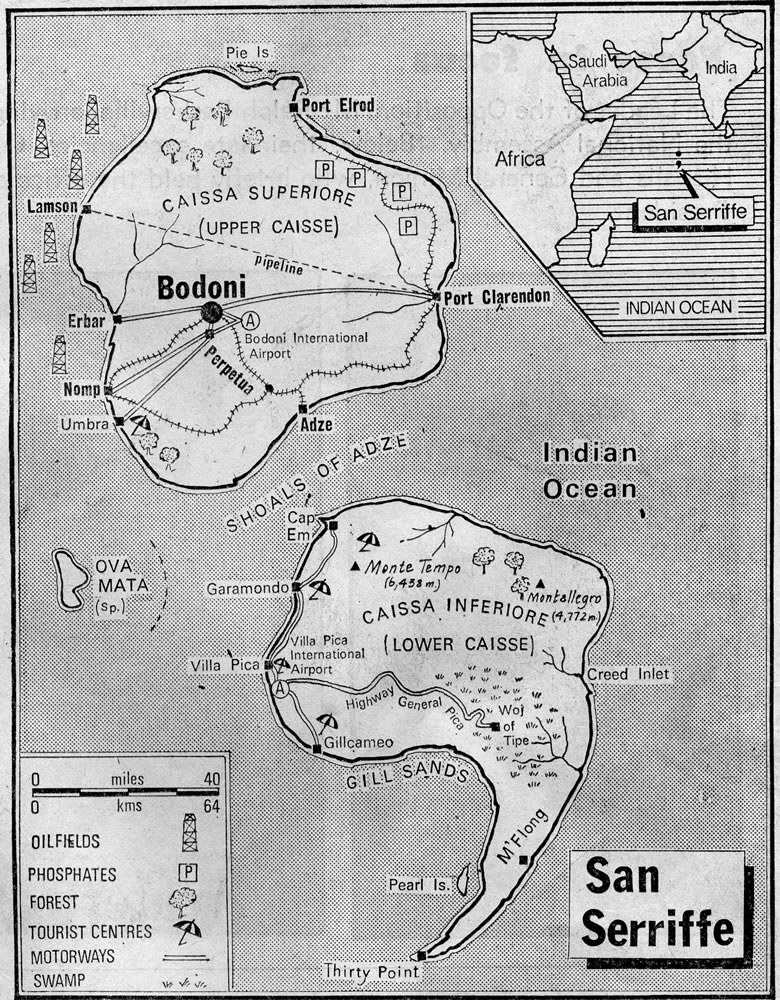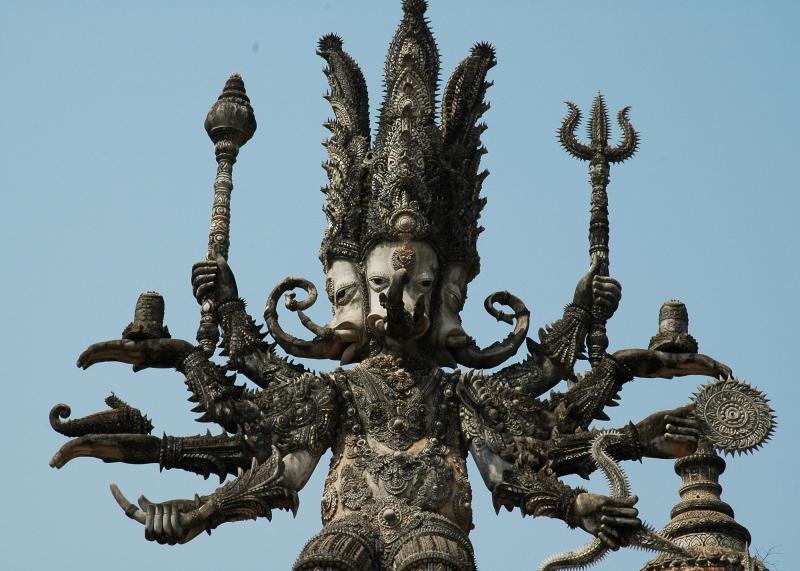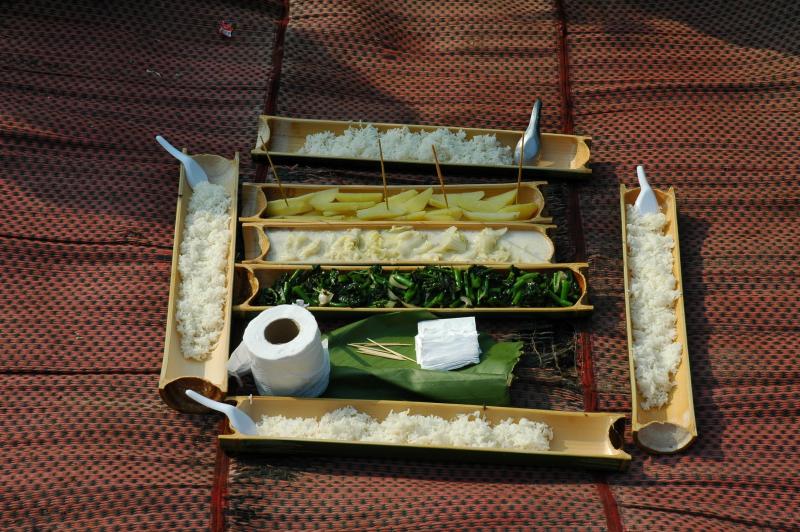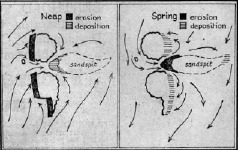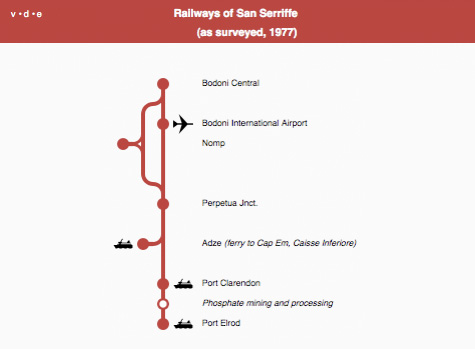(Editor’s note: Sofia Pollyard is responsible for the following article.)
San Serriffe is an island nation in the southern oceans. Owing to a peculiarity of ocean currents and erosion, its exact position varies. A report locating it in the Bering Sea was presumably an error. On April 1, 2006, The Guardian reported that San Serriffe was then just off New Zealand’s South Island, but if the rate of movement really is 1.4 km per year as published, San Serriffe should stay in the Indian Ocean for several millennia. San Serriffe is an archipelago consisting of two main islands and a number of smaller ones. Of the larger islands, the more northerly (the Caissa Superiore or Upper Caisse) is roughly round and the more southerly (the Caissa Inferiore or Lower Caisse) round but with a promontory extending south-westwards from the south-east, at Thirty Point. The two major islands are separated by the Shoals of Adze, dominated by Cap Em. A major inland feature is a swamp, the Woj of Type.
The capital, Bodoni, is in the centre of the Caissa Superiore, and is served by an international airport. It is linked by fast highways to the major ports, including Port Clarendon and Port Elrod, which both provide ample commercial shipping facilities. Upper Caisse in particular is well served by a network of railway lines serving Bodoni, the airport and the major coastal towns, including the phosphate mining and processing region in the north east. The main line, built by the Great North Bodoni Railway Company, had its own golf club, at Port Baskerville. A ferry connects Adze on the south coast of the northern island to Cap Em on the north coast of the southern island and there were plans to build a west coastal line as far as Gill Cameo, but it is not known if this line was completed.
Possibly because of its reportedly remote and shifting location, the full history of San Serriffe has never been adequately told, but these basic details are known:
- 1421: “Discovered by adventurers recruited by John Street, an English admirer of Henry the Navigator. The crew made their historic landfall in the Shoals of Adze.” (Guardian, April 1, 1977).
- 1432–1439: Colonized by the Spanish and Portuguese.
- 1659: Annexed by Great Britain.
- 1796: The schooner Excelsior, under Sir Charles Clarendon, runs aground just east of the islands, prompting Clarendon to observe in his diary that ‘the land is being eaten bye the see and raising hazardes to the Island Easte’.
- 1815: Ceded to Portugal.
- 1824–1836: The condominium (a term of uncertain meaning).
- April 1, 1967: Independence; a social democratic government takes control.
- June 1967: Colonel Hispalis seizes control.
- August 1969: General Minion seizes control.
- May 11, 1971: General Maria-Jesu Pica assumes responsibility for the government, and institutes martial law and assumes full dictatorial powers in response to “foreign terrorist infiltration.” This leads to nationwide protests, escalating into civil war and 23 years of chaos and anarchy.
- 1972: San Serrife expelled from Commonwealth and Organisation of Itinerant States (OIS).
- 1973: Oil discovered off Caissa Superiore.
- 1974: San Serriffe readmitted to Commonwealth and OIS, and invited to join NATO.
- 1977: A Guardian feature on the islands prompts $500 million of inward investment in just 12 months.
- 1982: General Pica rescues flagging popularity by personally leading commando force to liberate the island of Ova Mata, a Serriffean protectorate.
- 1989: General Pica is deposed by cabal of senior officers who declare they are tired of listening to his stories about the Ova Mata campaign. General Melior, formerly Pica’s gardener, is appointed president in 1990.
- May 12, 1997: First general election. Antonio Bourgeois swept to power.
Errata:
- The native people of San Serriffe are known as the Flong. The dominant group is of European stock, the descendants of colonists, known as colons. There is also a large mixed-race group, known as semi-colons. In the last available census (1973), as reported in the April 1, 1977 Guardian, the population was 1,782,724, with approximately 640,000 colons and semi-colons; 574,000 Flongs; 271,000 Creoles; 117,000 Malaysians; 92,000 Arabs; and 88,000 persons of other ethnic groups.
- Among the cultural highlights are: The Cult of the Sonorous Enigma, the Festival of the Well-Made Play, and the Ampersand String Quartet. The relaxation of the islands’ strict anti-pornography laws under the Bourgeois government has led to the publication of a series of risqué novels by Serriffean journalists, collectively referred to as the “Times Nude Romances.”
- The bitter-sweet swarfega is prepared in various ways to create unique Serriffean dishes. Because of this, the local cuisine lacks the oily character of some related styles.
- The national bird of San Serriffe is the kwote, a member of the guillemot (guillemets) family.
- San Serriffe has made little impression on the international sporting world, apart from their epic defeat of England at football in 1999. The application of the national Rugby Union team, the Kwotes, to participate in the Rugby Union World Cup 1991 was rejected by a Twickenham official on the grounds that “we don’t have any four-figure scoreboards, old boy.” The islands’ annual endurance challenge race, involving running, mountain biking and windsurfing from Cap Em to the German immigrant village of Ems in the Caissa Inferiore (popularly known as the Two Em Dash), now attracts international participants, and it has been some years since it was won by a Serriffean athlete.
- In October 2008, Donald Knuth established the Bank of San Serriffe (in Thirty Point, Caissa Inferiore, San Serriffe), which is an offshore institution that has branches in Blefuscu and Elbonia on the planet Pincus. He opened an account for anyone who received a cheque from him as a reward for discovering errors in his books.
Article by Bill Norrington

